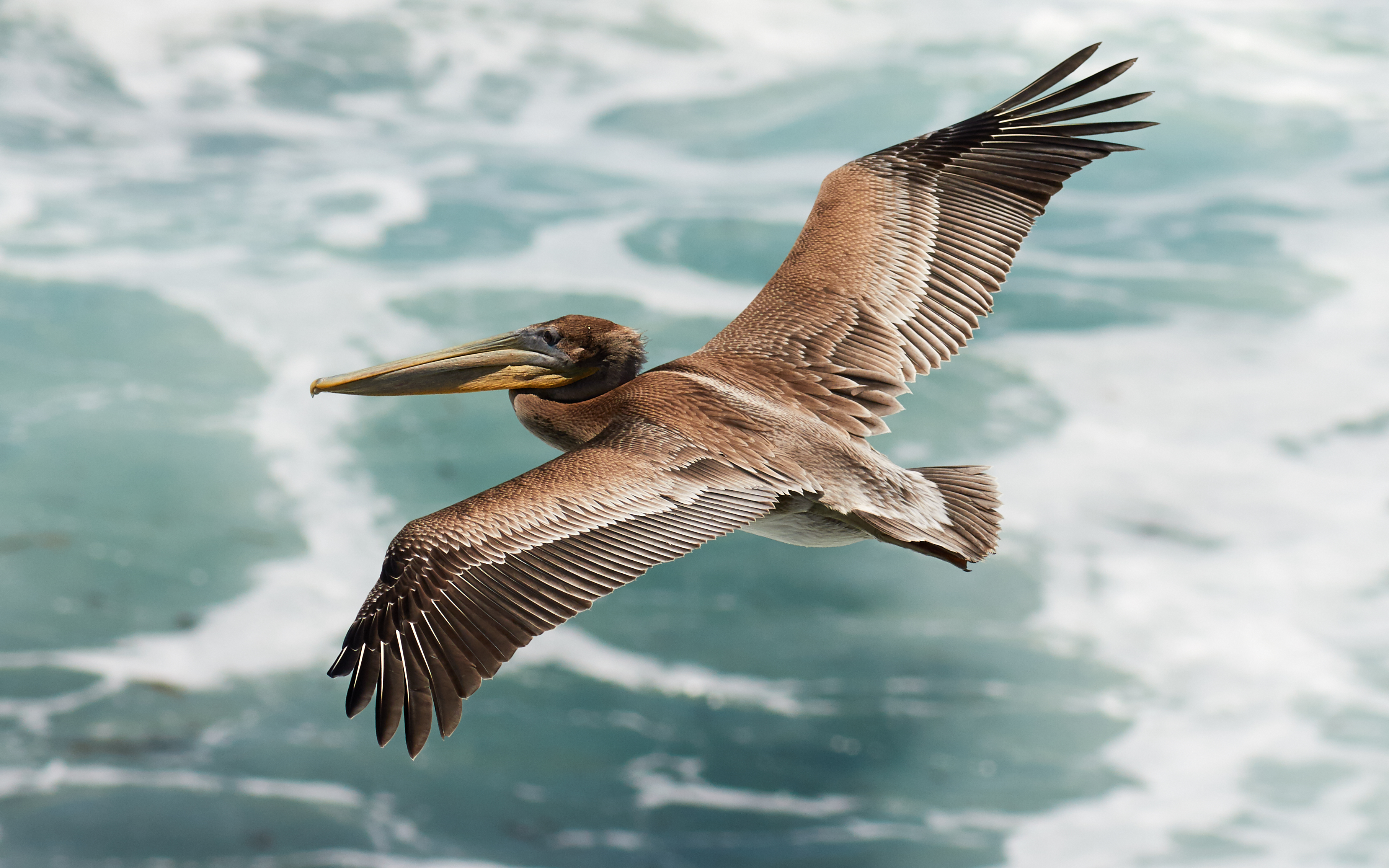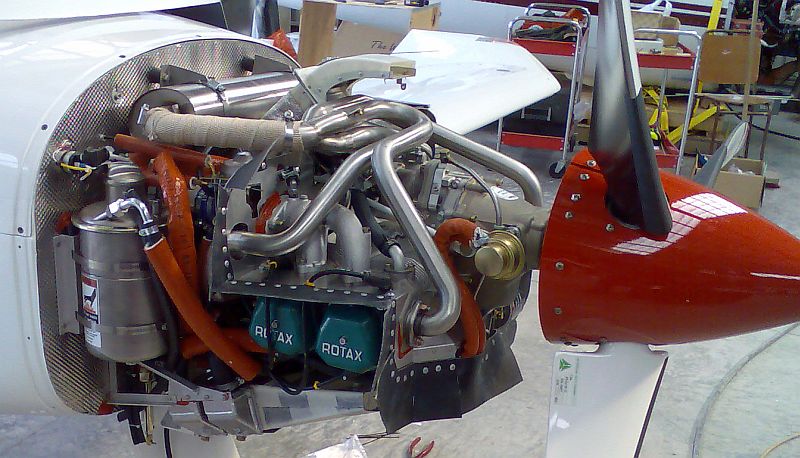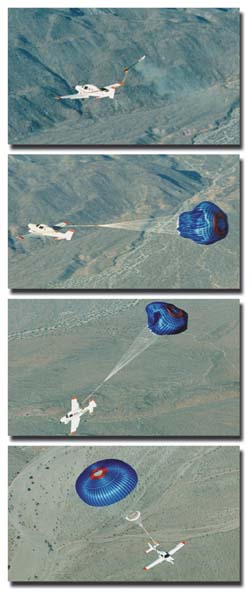|
Flight Design MC
The Flight Design MC (''Metal Concept'') is a German light-sport aircraft, designed and produced by Flight Design, introduced at AirVenture in 2008. The aircraft is supplied as a complete ready-to-fly-aircraft.Bayerl, Robby; Martin Berkemeier; et al: ''World Directory of Leisure Aviation 2011-12'', page 51. WDLA UK, Lancaster UK, 2011. ISSN 1368-485XTacke, Willi; Marino Boric; et al: ''World Directory of Light Aviation 2015-16'', page 54. Flying Pages Europe SARL, 2015. Design and development The MC design was based on the general shape of the CT series, but rendered in metal and with a strut-braced wing, in place of the CT series' composite construction and cantilever wing. The design goal was to provide a more robust design, primarily for flight school use. The resulting MC has a lower cruise speed as well as less payload and range than the comparable Flight Design CTLW. The MC was designed to comply with US light-sport aircraft rules. It features a strut-braced high-wing ... [...More Info...] [...Related Items...] OR: [Wikipedia] [Google] [Baidu] |
WikiProject Aircraft
A WikiProject, or Wikiproject, is a Wikimedia movement affinity group for contributors with shared goals. WikiProjects are prevalent within the largest wiki, Wikipedia, and exist to varying degrees within sister projects such as Wiktionary, Wikiquote, Wikidata, and Wikisource. They also exist in different languages, and translation of articles is a form of their collaboration. During the COVID-19 pandemic, CBS News noted the role of Wikipedia's WikiProject Medicine in maintaining the accuracy of articles related to the disease. Another WikiProject that has drawn attention is WikiProject Women Scientists, which was profiled by '' Smithsonian'' for its efforts to improve coverage of women scientists which the profile noted had "helped increase the number of female scientists on Wikipedia from around 1,600 to over 5,000". On Wikipedia Some Wikipedia WikiProjects are substantial enough to engage in cooperative activities with outside organizations relevant to the field at issue. For e ... [...More Info...] [...Related Items...] OR: [Wikipedia] [Google] [Baidu] |
Fuselage
The fuselage (; from the French ''fuselé'' "spindle-shaped") is an aircraft's main body section. It holds crew, passengers, or cargo. In single-engine aircraft, it will usually contain an engine as well, although in some amphibious aircraft the single engine is mounted on a pylon attached to the fuselage, which in turn is used as a floating hull. The fuselage also serves to position the control and stabilization surfaces in specific relationships to lifting surfaces, which is required for aircraft stability and maneuverability. Types of structures Truss structure This type of structure is still in use in many lightweight aircraft using welded steel tube trusses. A box truss fuselage structure can also be built out of wood—often covered with plywood. Simple box structures may be rounded by the addition of supported lightweight stringers, allowing the fabric covering to form a more aerodynamic shape, or one more pleasing to the eye. Geodesic construction Geo ... [...More Info...] [...Related Items...] OR: [Wikipedia] [Google] [Baidu] |
Flight Design Aircraft
Flight or flying is the process by which an object moves through a space without contacting any planetary surface, either within an atmosphere (i.e. air flight or aviation) or through the vacuum of outer space (i.e. spaceflight). This can be achieved by generating aerodynamic lift associated with gliding or propulsive thrust, aerostatically using buoyancy, or by ballistic movement. Many things can fly, from animal aviators such as birds, bats and insects, to natural gliders/parachuters such as patagial animals, anemochorous seeds and ballistospores, to human inventions like aircraft (airplanes, helicopters, airships, balloons, etc.) and rockets which may propel spacecraft and spaceplanes. The engineering aspects of flight are the purview of aerospace engineering which is subdivided into aeronautics, the study of vehicles that travel through the atmosphere, and astronautics, the study of vehicles that travel through space, and ballistics, the study of the flight of projectil ... [...More Info...] [...Related Items...] OR: [Wikipedia] [Google] [Baidu] |
Aircraft Engine
An aircraft engine, often referred to as an aero engine, is the power component of an aircraft propulsion system. Most aircraft engines are either piston engines or gas turbines, although a few have been rocket powered and in recent years many small UAVs have used electric motors. Manufacturing industry In commercial aviation the major Western manufacturers of turbofan engines are Pratt & Whitney (a subsidiary of Raytheon Technologies), General Electric, Rolls-Royce, and CFM International (a joint venture of Safran Aircraft Engines and General Electric). Russian manufacturers include the United Engine Corporation, Aviadvigatel and Klimov. Aeroengine Corporation of China was formed in 2016 with the merger of several smaller companies. The largest manufacturer of turboprop engines for general aviation is Pratt & Whitney. General Electric announced in 2015 entrance into the market. Development history * 1848: John Stringfellow made a steam engine for a 10-foot wingspan mod ... [...More Info...] [...Related Items...] OR: [Wikipedia] [Google] [Baidu] |
Four Stroke
A four-stroke (also four-cycle) engine is an internal combustion (IC) engine in which the piston completes four separate strokes while turning the crankshaft. A stroke refers to the full travel of the piston along the cylinder, in either direction. The four separate strokes are termed: #Intake: Also known as induction or suction. This stroke of the piston begins at top dead center (T.D.C.) and ends at bottom dead center (B.D.C.). In this stroke the intake valve must be in the open position while the piston pulls an air-fuel mixture into the cylinder by producing vacuum pressure into the cylinder through its downward motion. The piston is moving down as air is being sucked in by the downward motion against the piston. #Compression: This stroke begins at B.D.C, or just at the end of the suction stroke, and ends at T.D.C. In this stroke the piston compresses the air-fuel mixture in preparation for ignition during the power stroke (below). Both the intake and exhaust valves are clos ... [...More Info...] [...Related Items...] OR: [Wikipedia] [Google] [Baidu] |
Four-stroke
A four-stroke (also four-cycle) engine is an internal combustion (IC) engine in which the piston completes four separate strokes while turning the crankshaft. A stroke refers to the full travel of the piston along the cylinder, in either direction. The four separate strokes are termed: #Intake: Also known as induction or suction. This stroke of the piston begins at top dead center (T.D.C.) and ends at bottom dead center (B.D.C.). In this stroke the intake valve must be in the open position while the piston pulls an air-fuel mixture into the cylinder by producing vacuum pressure into the cylinder through its downward motion. The piston is moving down as air is being sucked in by the downward motion against the piston. #Compression: This stroke begins at B.D.C, or just at the end of the suction stroke, and ends at T.D.C. In this stroke the piston compresses the air-fuel mixture in preparation for ignition during the power stroke (below). Both the intake and exhaust valves are close ... [...More Info...] [...Related Items...] OR: [Wikipedia] [Google] [Baidu] |
Rotax 912iS
The Rotax 912 is a horizontally-opposed four-cylinder, naturally aspirated, four-stroke aircraft engine with a reduction gearbox. It features liquid-cooled cylinder heads and air-cooled cylinders. Originally equipped with carburetors, later versions are fuel injected. Dominating the market for small aircraft and kitplanes, Rotax produced its 50,000th 912-series engine in 2014. Originally available only for light sport aircraft, ultralight aircraft, autogyros and drones, the 912-series engine was approved for certified aircraft in 1995. Design and development The Rotax 912 was first sold in 1989 in non- certificated form for use in ultralights and motorgliders. The original 912 UL engine has a capacity of and a compression ratio of 9.1:1. The engine differs from previous generation aircraft engines (such as the Lycoming O-235) in that it has air-cooled cylinders with liquid-cooled heads and uses a 2.43:1 PSRU reduction gearbox to reduce the engine's relatively high 5,8 ... [...More Info...] [...Related Items...] OR: [Wikipedia] [Google] [Baidu] |
Rotax 912ULS
The Rotax 912 is a horizontally-opposed four-cylinder, naturally aspirated, four-stroke aircraft engine with a reduction gearbox. It features liquid-cooled cylinder heads and air-cooled cylinders. Originally equipped with carburetors, later versions are fuel injected. Dominating the market for small aircraft and kitplanes, Rotax produced its 50,000th 912-series engine in 2014. Originally available only for light sport aircraft, ultralight aircraft, autogyros and drones, the 912-series engine was approved for certified aircraft in 1995. Design and development The Rotax 912 was first sold in 1989 in non- certificated form for use in ultralights and motorgliders. The original 912 UL engine has a capacity of and a compression ratio of 9.1:1. The engine differs from previous generation aircraft engines (such as the Lycoming O-235) in that it has air-cooled cylinders with liquid-cooled heads and uses a 2.43:1 PSRU reduction gearbox to reduce the engine's relatively high 5 ... [...More Info...] [...Related Items...] OR: [Wikipedia] [Google] [Baidu] |
Rotax 912UL
The Rotax 912 is a horizontally-opposed four-cylinder, naturally aspirated, four-stroke aircraft engine with a reduction gearbox. It features liquid-cooled cylinder heads and air-cooled cylinders. Originally equipped with carburetors, later versions are fuel injected. Dominating the market for small aircraft and kitplanes, Rotax produced its 50,000th 912-series engine in 2014. Originally available only for light sport aircraft, ultralight aircraft, autogyros and drones, the 912-series engine was approved for certified aircraft in 1995. Design and development The Rotax 912 was first sold in 1989 in non- certificated form for use in ultralights and motorgliders. The original 912 UL engine has a capacity of and a compression ratio of 9.1:1. The engine differs from previous generation aircraft engines (such as the Lycoming O-235) in that it has air-cooled cylinders with liquid-cooled heads and uses a 2.43:1 PSRU reduction gearbox to reduce the engine's relatively high 5 ... [...More Info...] [...Related Items...] OR: [Wikipedia] [Google] [Baidu] |
Ballistic Parachute
A ballistic parachute, ballistic reserve parachute, or emergency ballistic reserve parachute, is a parachute ejected from its casing by a small explosion, much like that used in an ejection seat. The advantage of the ballistic parachute over a conventional parachute is that it ejects the parachute canopy (oftentimes via a small rocket), causing it to open rapidly, this makes it ideal for attaching to light aircraft, hang gliders and microlights, where an emergency may occur in close proximity to the ground. In such a situation, a conventional parachute would not open quickly enough. In 1982, Comco Ikarus developed the FRS rocket-launched parachute system for its ultralight and hanglider aircraft. In 1998, Cirrus Aircraft (then known as Cirrus Design) provided the first ballistic parachutes as standard equipment on their line of type-certified aircraft, the Cirrus SR20; and in 2016, the company delivered the Cirrus Vision SF50, the first jet aircraft with a ballistic parachute. S ... [...More Info...] [...Related Items...] OR: [Wikipedia] [Google] [Baidu] |
Flap (aircraft)
A flap is a high-lift device used to reduce the stalling speed of an aircraft wing at a given weight. Flaps are usually mounted on the wing trailing edges of a fixed-wing aircraft. Flaps are used to reduce the take-off distance and the landing distance. Flaps also cause an increase in drag so they are retracted when not needed. The flaps installed on most aircraft are partial-span flaps; spanwise from near the wing root to the inboard end of the ailerons. When partial-span flaps are extended they alter the spanwise lift distribution on the wing by causing the inboard half of the wing to supply an increased proportion of the lift, and the outboard half to supply a reduced proportion of the lift. Reducing the proportion of the lift supplied by the outboard half of the wing is accompanied by a reduction in the angle of attack on the outboard half. This is beneficial because it increases the margin above the stall of the outboard half, maintaining aileron effectiveness and reduci ... [...More Info...] [...Related Items...] OR: [Wikipedia] [Google] [Baidu] |








